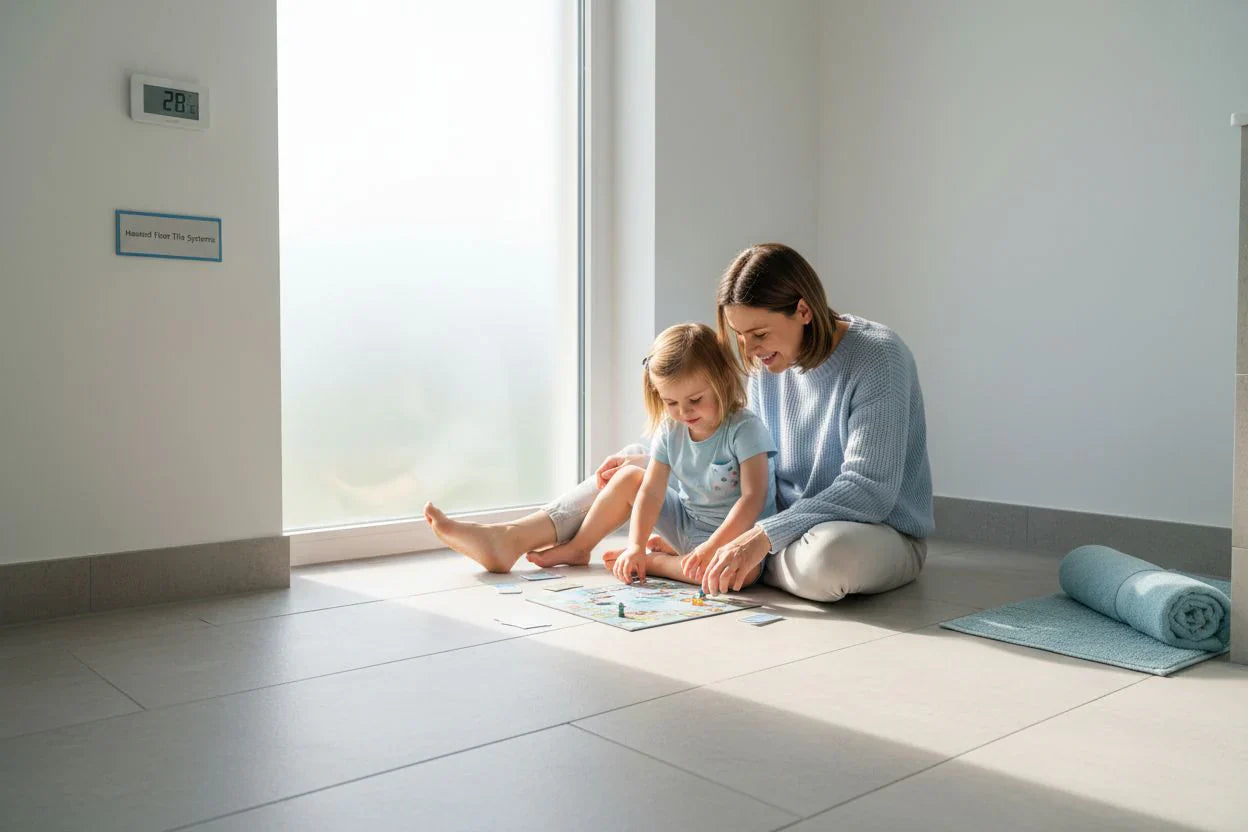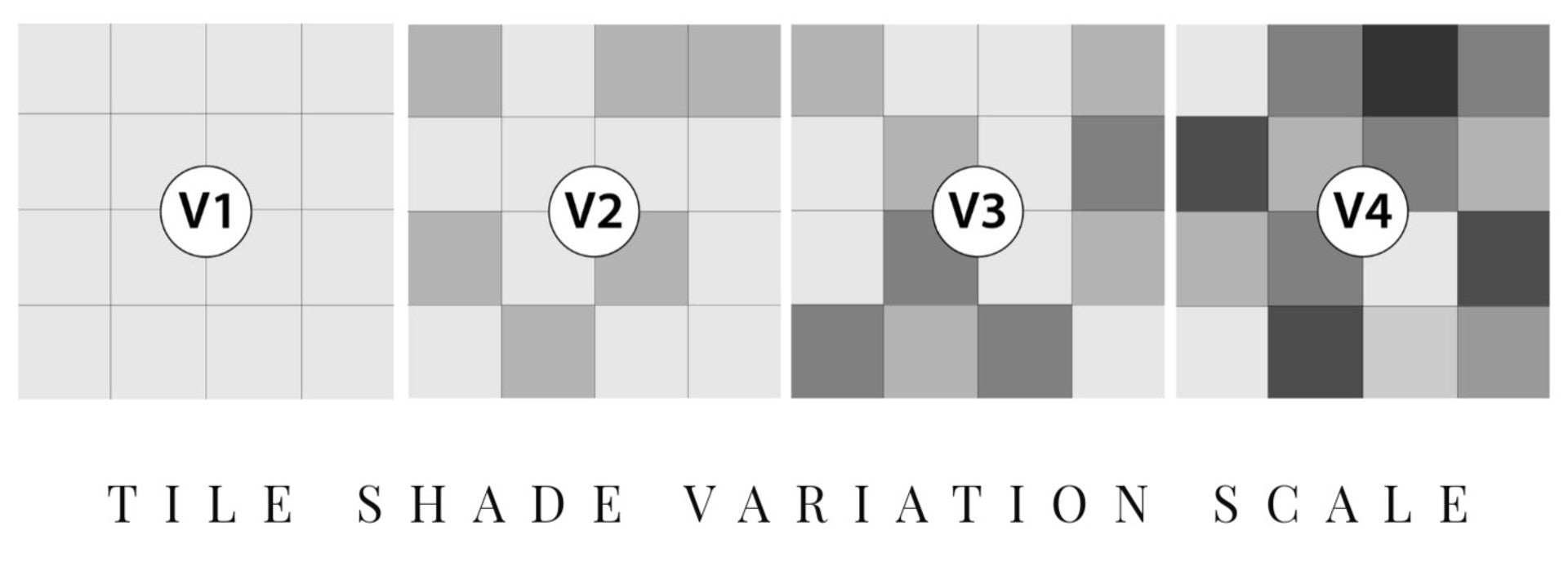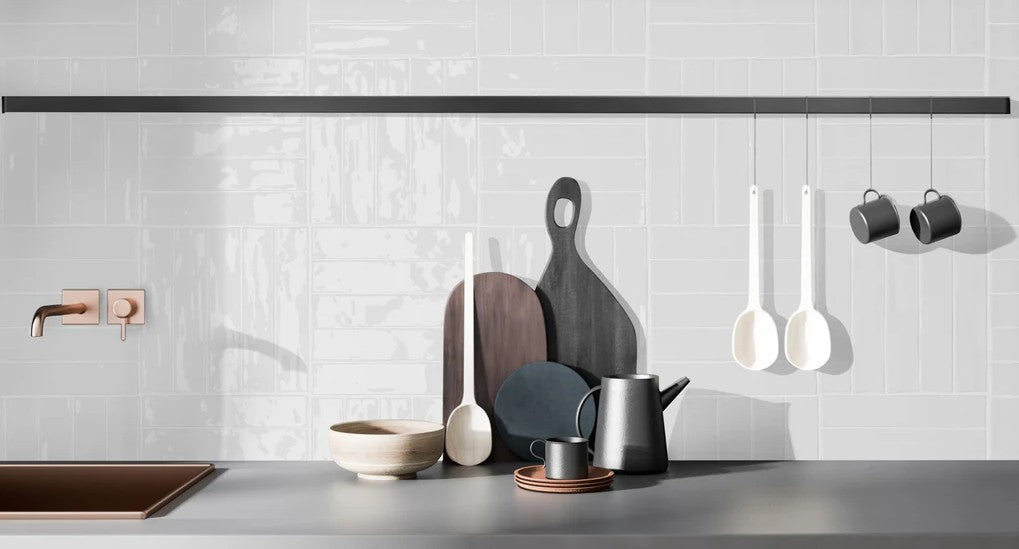Heated floor tile systems are transforming how people experience warmth and comfort at home. These systems can cut energy use by 15 to 30 percent compared to traditional forced air heating. Most folks picture complicated tech and huge upfront costs. Surprisingly, the real story is about the daily comfort and health improvements that homeowners notice right away.
Table of Contents
- What Are Heated Floor Tile Systems?
- Why Heated Floor Tile Systems Matter For Home Comfort
- How Heated Floor Tile Systems Work: The Science Behind Them
- Key Components Of Heated Floor Tile Systems Explained
- Practical Applications And Considerations For Installation
Quick Summary
| Takeaway | Explanation |
|---|---|
| Heated floors enhance comfort | Radiant heating provides consistent warmth, eliminating cold tiles and improving overall living comfort. |
| Energy efficiency reduces costs | These systems maintain heat at lower temperatures, lowering energy consumption compared to traditional heating methods. |
| Health benefits improve indoor air quality | Reduced air circulation minimizes allergens, making homes healthier for residents, especially those with respiratory issues. |
| Professional installation is vital for success | Proper evaluation and installation by experts ensure optimal performance and longevity of the heating system. |
| Ideal for specific spaces | Best suited for bathrooms, kitchens, and basements with tile flooring, maximizing the benefits of heated floors. |
What are Heated Floor Tile Systems?
Heated floor tile systems represent an innovative approach to home heating and comfort, transforming traditional floor surfaces into efficient warmth generators. These advanced systems integrate heating elements directly beneath tile flooring, creating a consistent and luxurious temperature environment throughout interior spaces.
The Basic Mechanics of Radiant Floor Heating
At their core, heated floor tile systems operate through radiant heating technology, which differs significantly from conventional forced air heating methods. Instead of pushing warm air through vents, these systems generate heat from below the floor surface, radiating warmth upward and evenly distributing temperature across the entire room. This approach ensures that heat rises naturally from the ground, providing uniform warmth from your feet upward.
The primary components of a heated floor tile system typically include:
- Electric heating mats or cables installed beneath tile surfaces
- A temperature control thermostat for precise heat management
- Specialized insulation to maximize heat retention and efficiency
Energy Efficiency and Comfort Benefits
Heated floor tile systems offer substantial advantages over traditional heating methods. Learn more about underfloor heating options with tiles to understand how these systems can transform your home’s thermal comfort. Unlike standard radiators or forced air systems that create temperature variations, radiant floor heating provides consistent warmth across entire spaces. This approach not only enhances personal comfort but also reduces energy consumption by maintaining heat more efficiently at lower temperatures.

Homeowners appreciate these systems for their ability to eliminate cold floor sensations, particularly in spaces like bathrooms, kitchens, and basement areas where tile flooring is common. The even heat distribution means no more chilly tile surfaces during winter mornings, creating a more pleasant and inviting living environment.
Why Heated Floor Tile Systems Matter for Home Comfort
Heated floor tile systems transcend traditional heating solutions by offering a transformative approach to home comfort, addressing multiple aspects of thermal experience and living environment quality. These sophisticated systems represent more than just a technological innovation they are a fundamental reimagining of how we experience warmth and comfort within our living spaces.
Psychological and Physical Comfort Factors
The human body experiences comfort differently when warmth originates from below, creating a uniquely satisfying sensory experience. Unlike forced air systems that push inconsistent temperature currents, heated floor tile systems provide gentle, uniform warmth that mimics natural thermal radiation. This approach aligns closely with our physiological comfort needs, reducing the stress and discomfort associated with cold surfaces and uneven heating. Explore our comprehensive guide to understanding floor tile types to appreciate how different tile materials interact with radiant heating technologies.
The psychological impact of warm floors extends beyond mere physical sensation. Walking on a comfortably heated surface can significantly reduce stress, create a sense of well-being, and transform routine daily experiences like morning routines or evening relaxation.
Health and Wellness Benefits
Heated floor tile systems offer substantial health advantages that distinguish them from conventional heating methods. Traditional forced air systems circulate dust, allergens, and particulate matter, potentially compromising indoor air quality. In contrast, radiant floor heating minimizes air movement, reducing the spread of respiratory irritants and creating a cleaner, healthier indoor environment.
Key health benefits include:
- Reduced allergen circulation
- More consistent body temperature regulation
- Elimination of cold floor discomfort
- Potential improvement in circulation
For individuals with respiratory conditions, arthritis, or temperature sensitivity, heated floor tile systems can provide significant comfort and wellness improvements.
This table summarizes the major health and comfort benefits of heated floor tile systems compared to traditional forced air heating systems, based on information discussed in the health and wellness section.
| Benefit Category | Heated Floor Tile Systems | Traditional Forced Air Systems |
|---|---|---|
| Allergen Circulation | Minimal air movement reduces allergen spread | Circulates dust and allergens |
| Comfort Level | Consistent, gentle, and uniform warmth | Prone to temperature fluctuations |
| Body Temperature Control | Promotes stable, comfortable body temperature | Can cause uneven cooling/warming |
| Cold Floor Elimination | Eliminates cold floor discomfort | Leaves floor surfaces cold |
| Indoor Air Quality | Improved due to less airborne particles | May decrease due to increased airflow |
| The gentle, consistent warmth helps maintain bodily comfort without the harsh temperature fluctuations associated with traditional heating methods. |
How Heated Floor Tile Systems Work: The Science Behind Them
Heated floor tile systems leverage sophisticated thermal engineering principles to transform the way interior spaces are warmed, utilizing advanced heat transfer technologies that challenge traditional heating approaches. These systems represent a complex interaction between electrical components, thermal materials, and strategic heat distribution mechanisms.
Thermal Transfer and Radiant Heating Principles
At the fundamental level, heated floor tile systems operate through radiant heat transfer, a process where thermal energy moves directly from a warm surface to cooler objects through electromagnetic waves. Unlike convection heating that warms air, radiant heating directly warms objects and surfaces. Learn more about proper tile floor installation foundations to appreciate the critical role of proper underlayment in maximizing heat efficiency.
The heating elements embedded beneath tile surfaces can be either electric resistance cables or hydronic tubes filled with heated water. Electric systems typically use thin heating mats with resistance wire networks, while hydronic systems circulate warm water through specialized piping installed underneath the tile layer.
Technical Components and Heat Distribution
The intricate design of heated floor systems involves multiple critical components working in precise synchronization:
- Heating elements (electric cables or water tubes)
- Thermal insulation layers
- Temperature control thermostats
- Specialized tile underlayment materials
- Precision temperature sensors
These components work together to create a uniform heat distribution across the entire floor surface. The heating elements generate thermal energy that radiates upward, warming the tile and subsequently the room through direct contact and infrared radiation. Advanced systems incorporate sophisticated temperature regulation technologies that maintain consistent warmth while minimizing energy consumption.
The science behind these systems demonstrates remarkable efficiency by reducing heat loss and providing direct, even warmth.
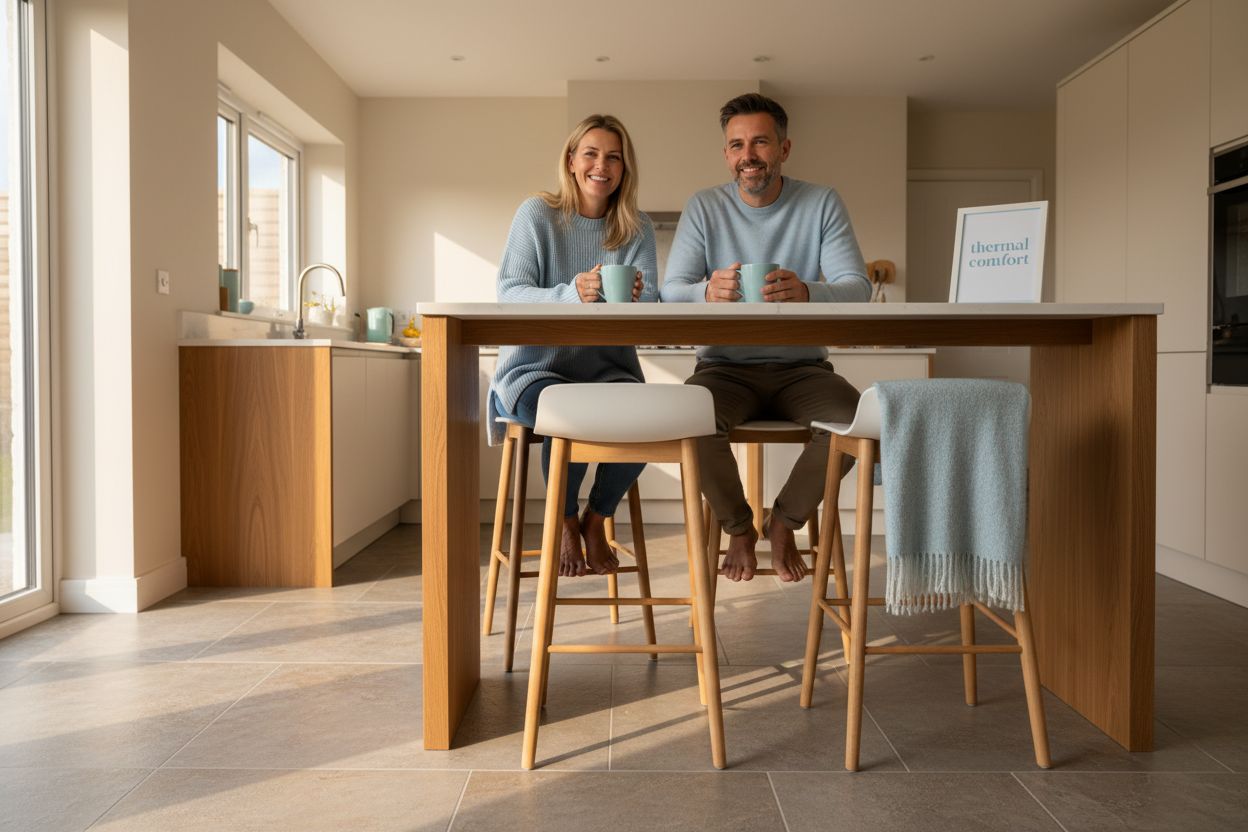 By heating from the ground up, these innovative technologies challenge conventional heating methods and offer a more natural, comfortable thermal experience.
By heating from the ground up, these innovative technologies challenge conventional heating methods and offer a more natural, comfortable thermal experience.
Key Components of Heated Floor Tile Systems Explained
Heated floor tile systems are sophisticated thermal engineering solutions composed of intricate components working in seamless harmony. Understanding these individual elements provides insight into how these advanced heating technologies deliver consistent, efficient warmth across interior spaces.
Heating Element Technologies
Heating elements serve as the core mechanism generating thermal energy in floor systems. Two primary technologies dominate the market: electric resistance heating and hydronic (water-based) heating. Electric systems utilize thin, flexible heating mats embedded with resistance wires that generate heat when electrical current passes through them. Learn more about tile installation techniques to understand how these elements integrate seamlessly beneath tile surfaces.
Hydronic systems, alternatively, circulate warm water through precisely engineered plastic tubing, offering a different approach to thermal generation.
Below is a comparison table outlining the key differences between Electric and Hydronic heated floor tile systems to help you understand their unique features and installation considerations.
| System Type | Heating Method | Installation Complexity | Typical Applications | Integration Needs |
|---|---|---|---|---|
| Electric | Electric resistance cables or heating mats | Easier, less invasive | Bathrooms, kitchens, small-medium spaces | Requires electrical circuit |
| Hydronic | Warm water circulated in plastic tubing | More complex, intrusive | Larger spaces, whole-house, new construction | Needs boiler/water heater |
| These systems can connect to existing water heaters or dedicated boilers, providing flexible heating solutions for various architectural configurations. |
Control and Regulation Mechanisms
Precision temperature management distinguishes advanced heated floor tile systems from traditional heating methods. Modern systems incorporate sophisticated digital thermostats with multiple programmable features, enabling homeowners to:
- Set specific temperature zones
- Create customized heating schedules
- Monitor energy consumption
- Integrate with smart home technologies
- Implement remote control capabilities
These intelligent control mechanisms ensure optimal energy efficiency by allowing granular temperature adjustments and preventing unnecessary heat generation. Advanced sensors continuously monitor floor and ambient temperatures, making real-time modifications to maintain consistent thermal comfort.
Thermal Insulation and Performance Optimization
Underlay and insulation materials play a crucial role in heated floor tile system performance. Specialized thermal underlayment prevents heat loss, directing warmth upward and reducing energy waste. These materials must balance thermal conductivity, durability, and compatibility with different tile types and heating technologies.
Highly engineered underlayment materials reflect heat efficiently, create smooth surface preparations, and contribute to overall system longevity. By minimizing thermal dispersion and supporting even heat distribution, these components transform heated floor systems from simple warming devices into sophisticated environmental comfort solutions.
Practical Applications and Considerations for Installation
Installing heated floor tile systems requires meticulous planning, technical expertise, and careful consideration of multiple architectural and environmental factors. Homeowners and professionals must navigate a complex landscape of design requirements, technical specifications, and performance optimization strategies.
Suitable Spaces and Room Considerations
Heated floor tile systems are not universal solutions but excel in specific environments where their unique thermal characteristics provide maximum benefit. Ideal installation spaces include bathrooms, kitchens, basements, and areas with ceramic or stone tile flooring. Explore our comprehensive guide to understanding floor tile types to determine the most compatible tile materials for radiant heating.
Critical factors influencing installation feasibility include:
- Existing floor height and structural constraints
- Proximity to electrical or water heating infrastructure
- Room insulation quality
- Specific thermal performance requirements
- Subfloor material and condition
Professional Assessment and Technical Requirements
Successful heated floor tile system implementation demands professional evaluation and precise technical preparation. Qualified professionals conduct comprehensive assessments encompassing electrical load capacity, insulation effectiveness, and structural compatibility. These evaluations determine whether electric or hydronic systems represent the most appropriate solution for specific architectural contexts.
Key technical considerations include:
- Electrical circuit capacity and voltage requirements
- Subfloor preparation and leveling
- Thermal resistance and conductivity measurements
- Compatibility with existing building infrastructure
- Potential need for structural modifications
Cost and Long-Term Performance Evaluation
While heated floor tile systems represent significant initial investment, their long-term performance and energy efficiency potential can justify the upfront expenses. Homeowners should consider comprehensive cost analysis beyond immediate installation expenses, including potential energy savings, increased property value, and improved comfort levels.
Professional installation ensures optimal system performance, minimizing potential inefficiencies and reducing the risk of future technical complications. Careful selection of high-quality components, precise installation techniques, and ongoing maintenance contribute to the system’s overall reliability and thermal performance.
Upgrade to True Home Comfort With TileChoices.com
Tired of cold tile floors and uneven heat distribution in your living spaces? Heated floor tile systems tackle these real problems by delivering gentle, consistent warmth where it matters most. Imagine stepping onto a bathroom or kitchen floor that always feels comfortable, thanks to radiant heating and the right choice of tiles. If creating a cleaner, healthier, and more inviting home environment is your goal, you need the right materials to maximize your system’s benefits.
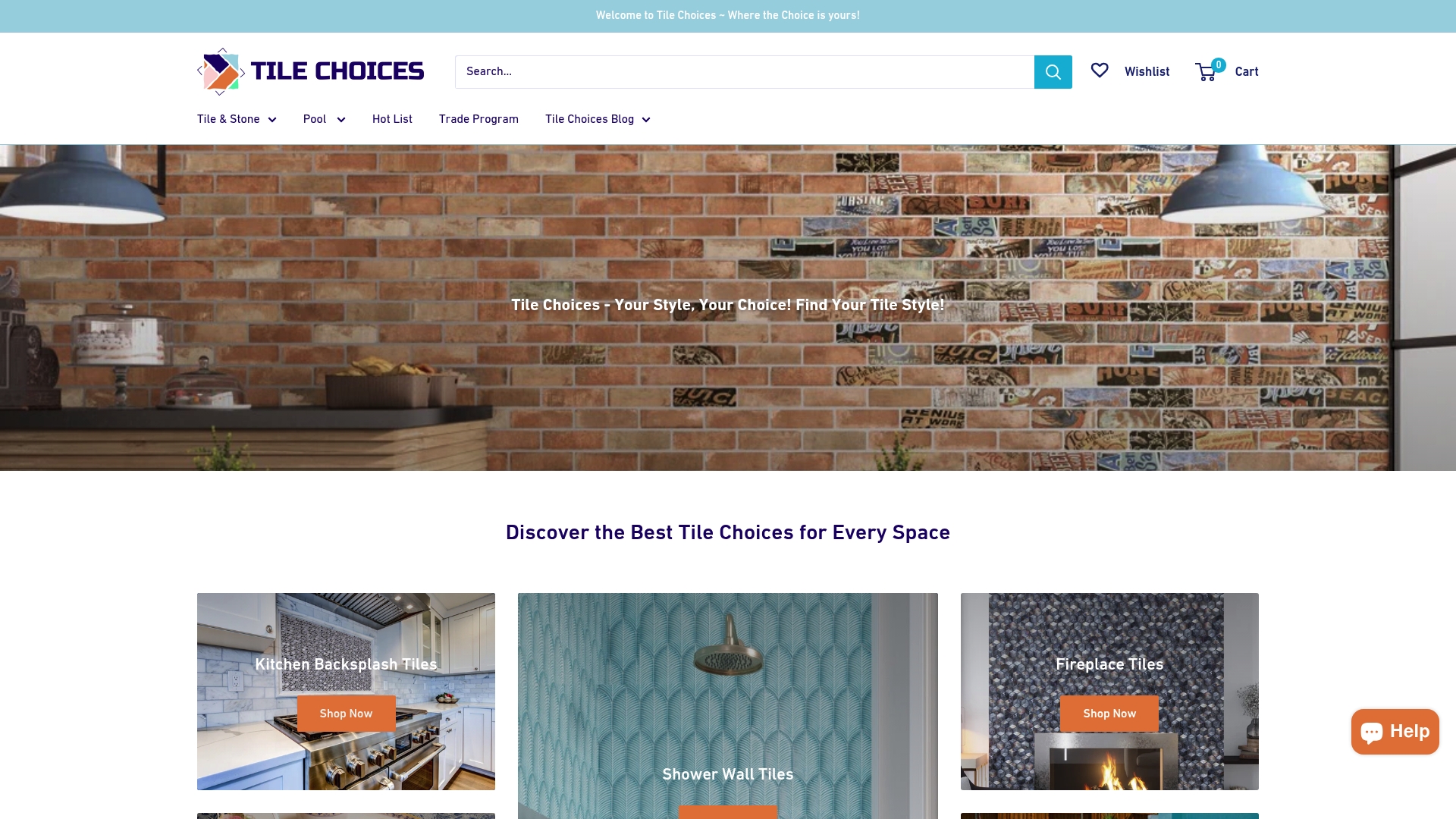
Ready to transform your home with premium tiles built for modern heating systems? Visit TileChoices.com to explore our curated collections and expert tips for underfloor heating with tiles and tile floor installation foundations. Secure your dream surface and enjoy immediate, lasting comfort. Don’t wait—turn your project into the cozy, efficient space you deserve today.
Frequently Asked Questions
What are heated floor tile systems?
Heated floor tile systems are innovative heating solutions that integrate heating elements beneath tile flooring, providing consistent warmth throughout interior spaces using radiant heating technology.
How do heated floor tile systems work?
These systems operate through radiant heat transfer, where heat is generated from beneath the floor and radiates upward, warming surfaces and the air naturally, as opposed to traditional forced air methods.
What are the benefits of using heated floor tile systems?
Heated floor tile systems enhance home comfort by providing even warmth, eliminating cold floor sensations, improving indoor air quality, and offering energy efficiency by maintaining lower heating temperatures.
What spaces are ideal for heated floor tile system installation?
The best areas for heated floor tile systems include bathrooms, kitchens, and basements, especially where tile flooring, such as ceramic or stone, is commonly used, maximizing the benefits of radiant heating.

